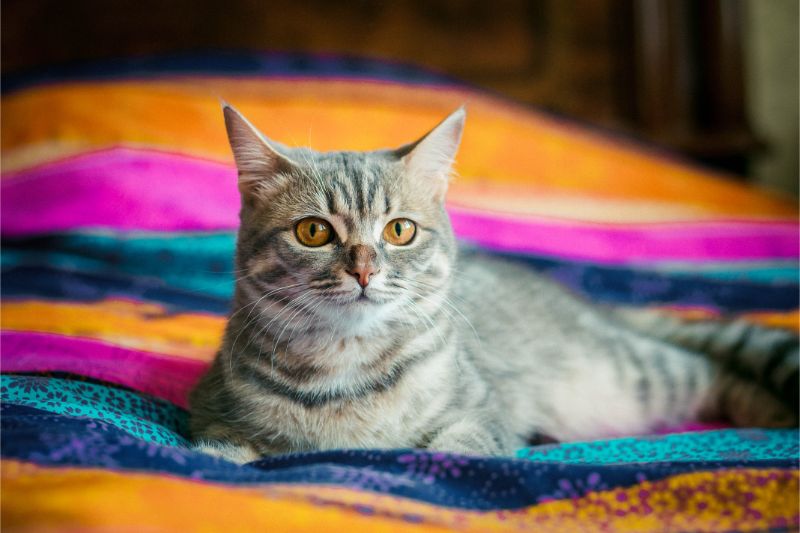The Amazing Qualities of Cat Whiskers

Of all the fantastic feline features, perhaps it’s their whiskers that are the most predominant. After all, when asked to draw a cat, a child is highly likely to include an array of whiskers on either side of the nose.
Even though cats are typically characterized by their whiskers, the general consensus about their purpose is less obvious. Cat whiskers are actually quite amazing, and our favorite felines wouldn’t be themselves without them.
24 Whiskers
Typically, cats have 24 whiskers, 12 on either side of the mouth. Like the tail, eyes and ears, cat whiskers can provide information about mood. When relaxed, open, and satisfied, the whiskers will be sort of neutral, but if stunned, scared, or pressured, a cat will position their whiskers in an alert, erect fashion. Further, when hunting or focused, their whiskers may be facing forward.
The Physical World
One of the reasons people adore cats includes a fascination with their acrobatics. Their agility, flexibility, and mobility is awe-inspiring, but less possible without cat whiskers.
At the end of each whisker is a touch receptor called a proprioceptor that sends information about the surrounding elements to the nerves. This allows cats a serious edge regarding any changes in their environment.
Also known as vibrissae, cat whiskers go deeper beneath the skin than regular hair follicles.
Protection
Cat whiskers give their owner a heightened awareness of the surroundings, and provide a layer of protection against dangerous situations.
For example, cat whiskers protrude exactly the width of a cat’s body. This means that when cats approach an opening (whether a hole or behind a large object), their whiskers will tell them whether or not they’ll get stuck.
The proprioceptors can also measure vibrations of nearby prey, making it easier for cats to find them in dim light.
Capable Cat Whiskers
Cat whiskers are also responsible for helping cats balance, jump and land with great precision. The whiskers give cats endless opportunities to carefully consider their next steps (or leaps, as it were) by sending signs about their placement in space and time.
All that feline grace? We have cat whiskers to thank for that!
And That’s Not All
Cats also have whiskers on their chins, eyebrows, and on the backs of their front legs. Because of their abilities to send environmental signals to the nervous system, cat whiskers should never be cut or pulled out. They do shed naturally and grow back in place over time.
If you have additional questions or concerns about your cat’s beautiful features or unique personality, our staff at The Whole Pet Vet are always here to help.
